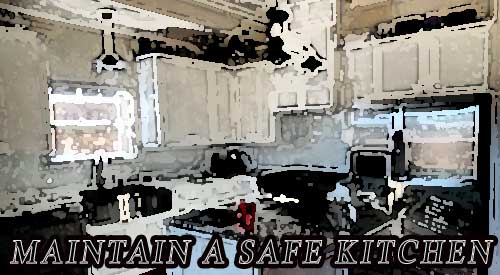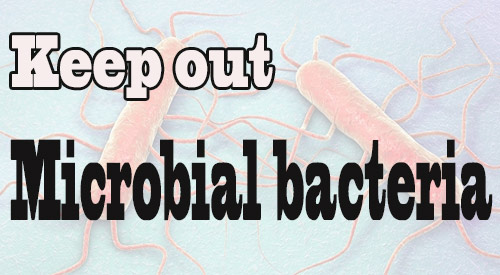Wed 27 Feb 2019
The Safe Kitchen- How To Maintain a Sanitary Environment
Posted by DrSmokeRead other related stories: Cooking , Dr Smoke , Guest bloggers
No Comments

Maintaining a safe Kitchen
Maintaining a Safe Kitchen should be your primary attention! Share on X


Foodborne illnesses and allergies are common problems that affect many Americans. The CDC estimates that Americans acquire roughly 9.4 million food related illnesses each year, and more than 19 million people were diagnosed with allergies in 2017 alone. Between one and three percent of beef may contain toxic strains of E. coli, which sicken as many as 265,000 Americans each year. Fortunately, the high temperatures involved with smoking meats can help protect your family from E. coli infection. Since the kitchen is a haven for germs and irritants that can make you and your family sick, knowing how to maintain a safe kitchen with a sanitary environment can make the difference between a healthy family and one who becomes ill frequently.
Eliminating Mold for a Safe Kitchen
Although mold doesn’t grow quite as readily in the kitchen as it might in the bathroom, without proper attention, your kitchen can become an ideal home for types of mold that could be aggravating or even causing allergies in the younger members of your family. The heat and humidity that is the result of cooking in a kitchen provides an optimum environment for mold. Kitchen sink leaks may also lead to the development of mold if left undetected as well as garbage cans and disposals. Turning on kitchen fans and opening windows in the kitchen and in the whole house will lower the level of humidity in the kitchen while also allowing fresh air to enter. If you live in a humid climate, purchasing a dehumidifier will be the best bet for preventing humidity related mold growth. Checking for leaks regularly, as well as keeping your kitchen environment clean, including the regular sanitation of cupboards and drawers will also help to eliminate mold growth in the kitchen.
Safe Kitchen- Preventing Food borne Illnesses
Another common way that an unclean kitchen can lead to illness is through foodborne illnesses, due to incorrect preparation or spoiled food. Proper handling of foods, particularly raw meat, can prevent your family from making that list. Smoking meat and other delicious foods can have rewarding results, but if food is not handled properly, unfortunate consequences may result. Washing hands for 20 seconds with warm, soapy water both before and after preparing food is the first line of defense against foodborne illness. Washing hands immediately after coming into contact with raw meat, as well as any surfaces the meat might have touched with hot, soapy water will help you have peace of mind that your meal will not make you sick. Proper food handling, like cooking meat to the correct temperature, will allow you to fully enjoy a delicious steak, possibly smoked with hickory chips.
Making sure to create a clean and safe environment, free from mold, germs and various contaminants, will allow your family to maintain the high levels of health we all strive for. Be sure to always follow proper food safety guidelines, and check for mold regularly, as not doing so could negatively affect your family.

More blogs like this one:
-Outdoor kitchen location tips
-Does Outdoor Kitchen Stainless Steel Rust
–THE WOMAN’S GUIDE TO ‘MAN’-ING THE GRILL


